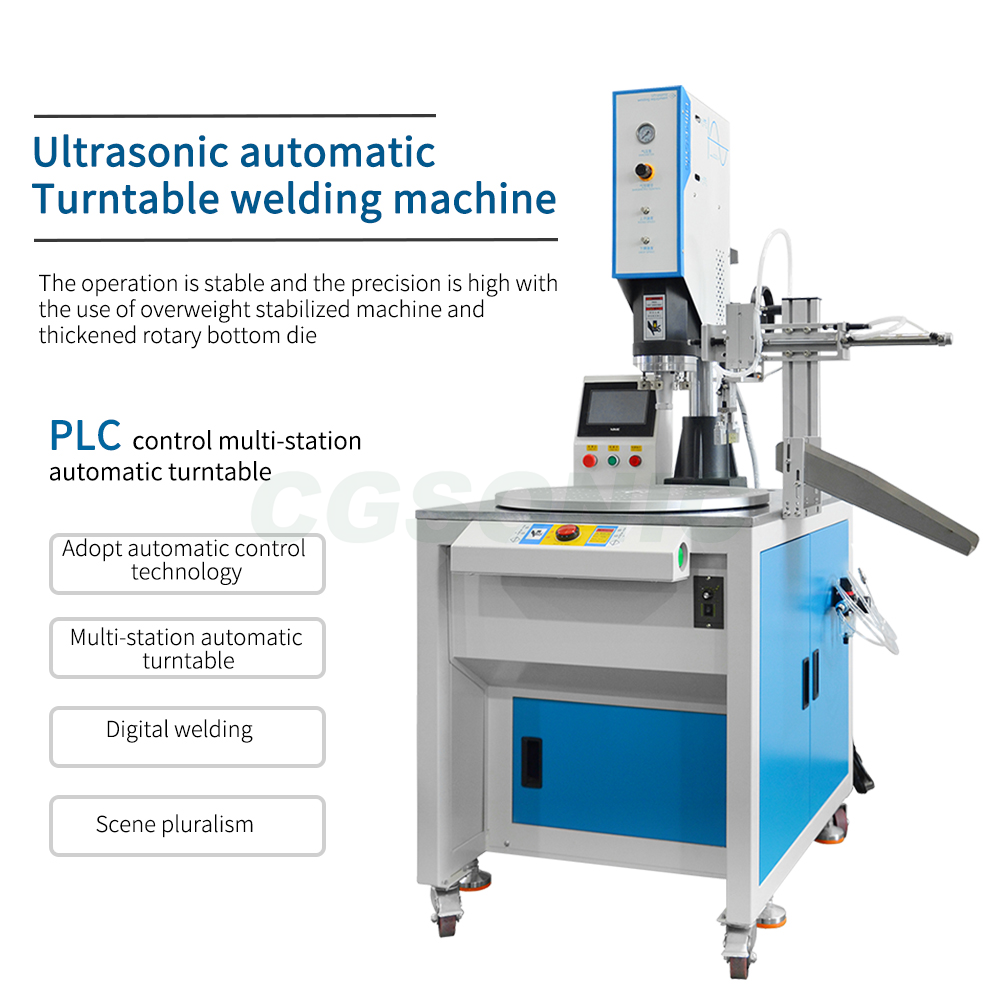Ultrasonic welding vs. heat-sink welding: Key differences to help you choose the right technology
In modern manufacturing, welding is a key technology for achieving reliable material connections. Ultrasonic Welding and heat-seal welding are two mainstream solutions for welding thermoplastics and thin films. Each method, with its distinct technical characteristics, plays an important role in different application scenarios. This article will delve into the core differences between the two methods to help you choose the right welding method.
Principle and Efficiency Comparison: The Key Game between Speed and Energy Consumption
1.Ultrasonic welding uses high-frequency vibrations (typically 15-40 kHz) to rapidly generate heat through friction between the contacting materials, causing them to melt instantly before cooling and forming under pressure. The entire welding process takes only 1-5 seconds. This technology requires no external heating source, significantly reducing energy consumption compared to traditional heating welding processes and eliminating lengthy cooling steps. It is particularly effective in high-speed production lines, significantly improving production efficiency.

2.Hot melt welding uses an external heating device to heat the weld area to a molten state, then applies pressure to fuse the materials. The entire process typically takes 10-30 seconds, and after welding, a certain amount of time must be allowed for the materials to cool and solidify. Its energy consumption is relatively high, but it has advantages in welding thick-walled materials that require high weld strength.
Industry Application Case Analysis
1.Medical industry: Ultrasonic welding ensures cleanliness and safety
The medical field places extremely stringent demands on weld cleanliness and sealing, making ultrasonic welding an ideal choice. Requiring no additional materials like glue, ultrasonic welding is achieved through pure physical vibration, avoiding chemical contamination and fully complying with medical-grade cleanliness standards. In the production of products such as infusion bags, blood filters, and medical catheters, ultrasonic welding can achieve micro-sealing, preventing liquid leakage or bacterial intrusion. Furthermore, the rapid welding process of 1-5 seconds reduces material heating time, preventing degradation of medical plastics due to high temperatures.
2.Automotive manufacturing: Hot melt welding meets high-strength connection requirements
Automotive parts must withstand complex working conditions such as long-term vibration and temperature fluctuations, placing extremely high demands on weld strength. Hot melt welding offers significant advantages in these scenarios. For example, large-area plastic parts like automotive lampshades and instrument panels can be welded together to form deeply fused welds with impact resistance and sealing far exceeding those of conventional connection methods. These welds can withstand high-frequency vibrations during vehicle operation and harsh outdoor environments. Furthermore, hot melt welding is more adaptable to thick-walled materials and can meet the high-strength connection requirements of structural components such as automotive bumpers.
3.Electronics industry: Ultrasonic welding achieves precise micro-seam connections
The welding of electronic components demands stringent precision and aesthetics. Ultrasonic welding, with its "zero glue overflow and minimal deformation" characteristics, holds a key position. In applications such as mobile phone casing splicing and sensor packaging, its high-frequency vibrations precisely control the weld range, avoiding potential material spillage associated with hot-melt welding and ensuring circuit stability and surface smoothness of electronic components. Ultrasonic welding is particularly effective for delicate components like micro connectors, achieving precise joints down to 0.1mm, meeting the electronics industry's demand for miniaturization and high precision.
4.Packaging industry: Ultrasonic welding balances efficiency and material protection
The high-speed production pace and diverse materials used in the packaging industry make ultrasonic welding a highly effective solution. Its instantaneous welding properties reduce the time materials are exposed to heat, preventing food spoilage and cosmetics from losing their vitality due to heat damage, in applications such as food vacuum packaging and cosmetic hose sealing. Furthermore, its ultra-short welding cycle of 1-3 seconds accommodates the high-speed operation of packaging lines, increasing daily production capacity by over 30% compared to hot melt welding, achieving a perfect balance between production efficiency and product quality.

Whether you're working with precision microelectronic components or complex composite materials, Chengguan's intelligent ultrasonic technology can precisely empower you—highly efficient and efficient —increasing production capacity while significantly reducing costs. Contact us today for a customized welding solution!


















